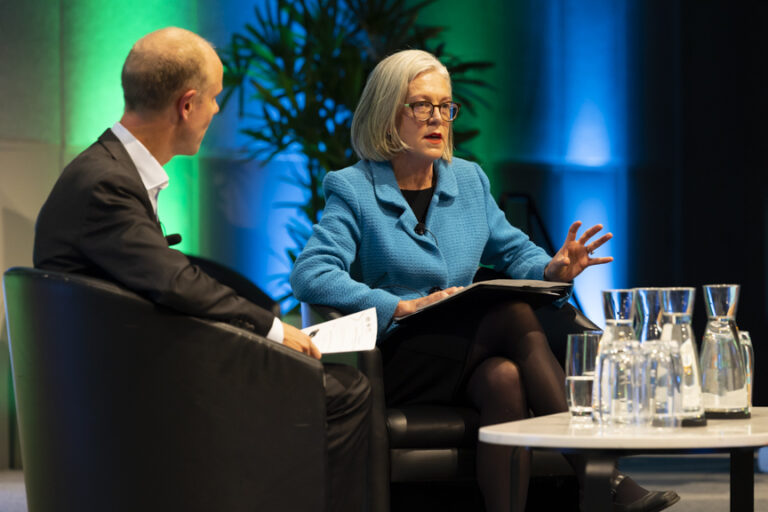I’ve received lots of great feedback on The Impact Stack report, and when Sasha Dichter sent me his comments on the state of IMM, I knew it was worth sharing.
Sasha is CEO and Founder of 60 Decibels, an impact measurement firm that has pioneered a powerful method of ‘deep listening’ to help impact investors make more informed decisions.
I sent him some follow-up questions, and he responded with some spicy feedback, enjoy:
1. First up, what were your most valuable takeaways from reading The Impact Stack?
I found the articulation of where we’ve been, where we are and where we (might be) going to be exceptionally useful.
As an industry we’ve been at this for so long, and it can feel overwhelming for practitioners, especially for folks who are newer to this industry.
To have such a clear articulation of the current state of affairs, together with a broader historical perspective, makes this resource invaluable.
2. The report explored progress made in moving from ‘impact measurement’ to the more holistic operating system of ‘impact management’, but you suggest there’s still a lot of work to be done at the measurement stage. What’s missing in the current models?
At one point in The Impact Stack, there’s the observation that it’s essential for a fund to understand how the “intentions of a fund compare with the outcomes on the ground.” Indeed!
However, the reality is that for most funds, there is not a reliable practice in place that allows fund managers to understand the outcomes on the ground.
Simply put: we don’t have the data. And, worse, often when we think we have the data, that’s an illusion. For example, in social impact, the prevailing approach is to look at some combination of practices (the policies and actions of a company) and proxies (readily available indicators that ostensibly correlate with social outcomes). And, while these practices and proxies can give us a sense of the directionality of impact, they almost always tell us very little about the actual realized impact. This is because practices are just that– the behaviour of the firm, it likely relates to the outcomes customers experience, but they are clearly different things. And proxies are, by definition, constructed in a general way based upon things other than the actual results of the company.
Put this all together, and you have an ecosystem that wants to skip a step: to jump all the way to ‘impact management’ without having the data that gives a meaningful, granular view of ‘impact performance.’
It’s like saying “we want to optimize our social media results but we have no data on views, click throughs or purchases–instead, let’s base that performance management on generally observed results for companies that look like us.”
When you put it this way, it’s clear that this would never work…but that’s a pretty good approximation of what we’re saying when we talk about managing for impact without having real, comparable data about impact performance.
3. What problem does the 60 Decibels model of impact measurement solve for investors? Where would it fit within The Impact Stack?
Our aim is to provide a high-quality, easy-to-deploy, and inherently scalable approach that puts quality social outcomes data at your fingertips. And, because of our global footprint and our commitment to standardization, we can do more than provide great results to an individual company; we can also provide meaningful benchmarks of performance.
We’re trying to put together what are, to us, the most essential pieces:
First, we listen at scale to your customers so we can tell you, very specifically, about your performance (not what it might be, or could be, but what it actually is).
Second, we allow you to compare your results with your peers, so you can see how your social performance stacks up to others trying to solve the same set of problems for customers. In our view, high quality customer data and benchmarks are the essential prerequisites to meaningful impact performance management.
Third, we give you granular enough data that you can pinpoint how and where you can improve.
And all of that comes back to generating more and better impact for your customers and beneficiaries.
Read more about the 60 Decibels approach to impact measurement over here.





